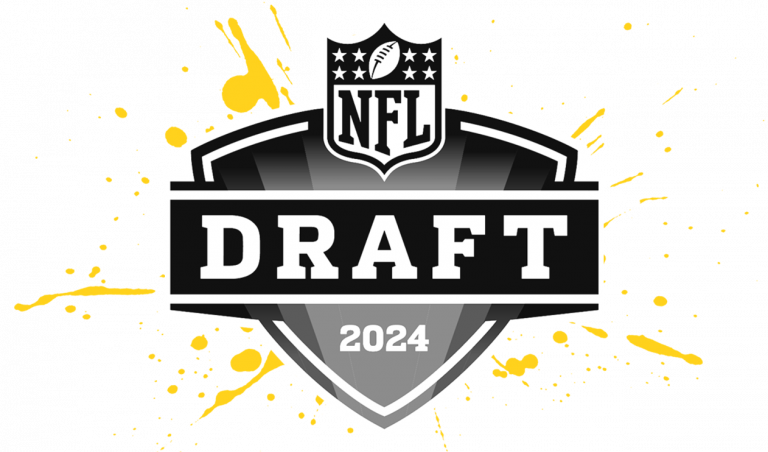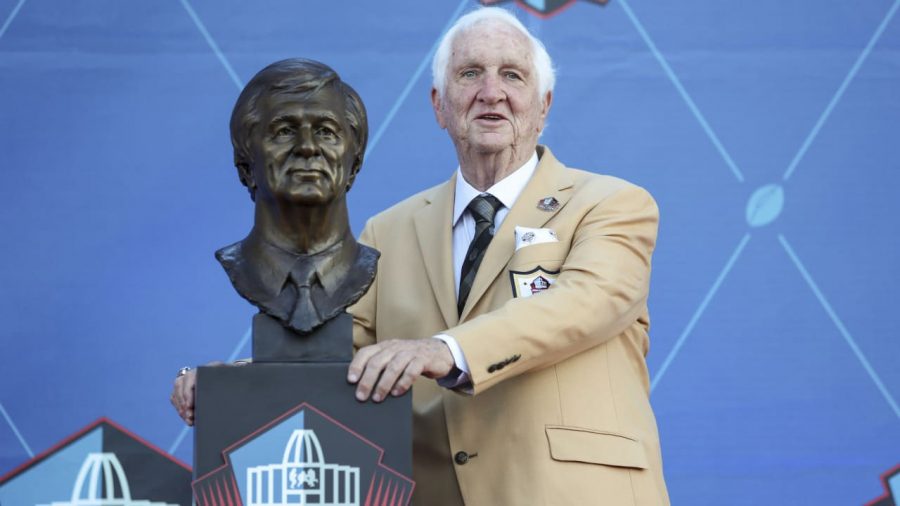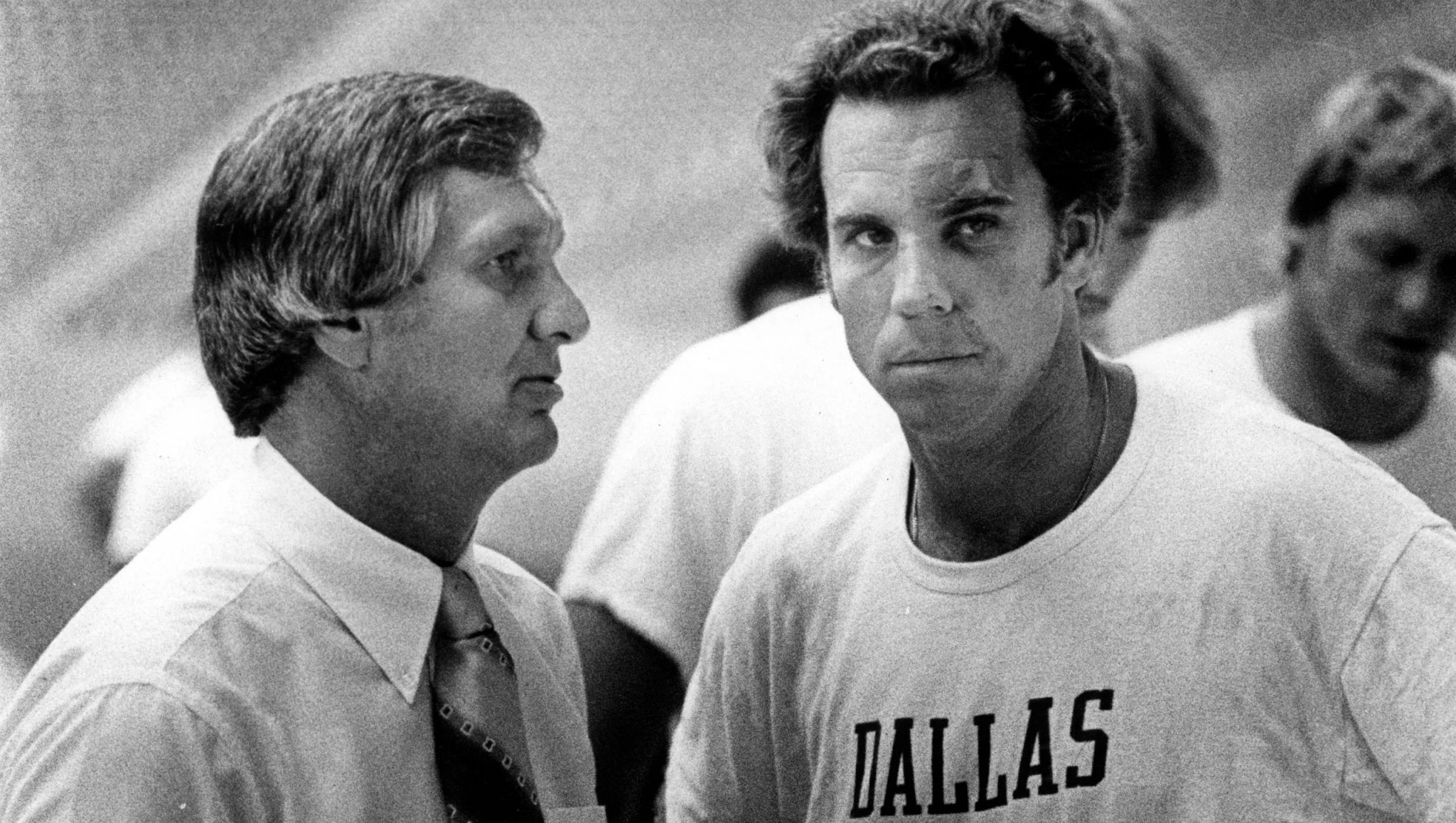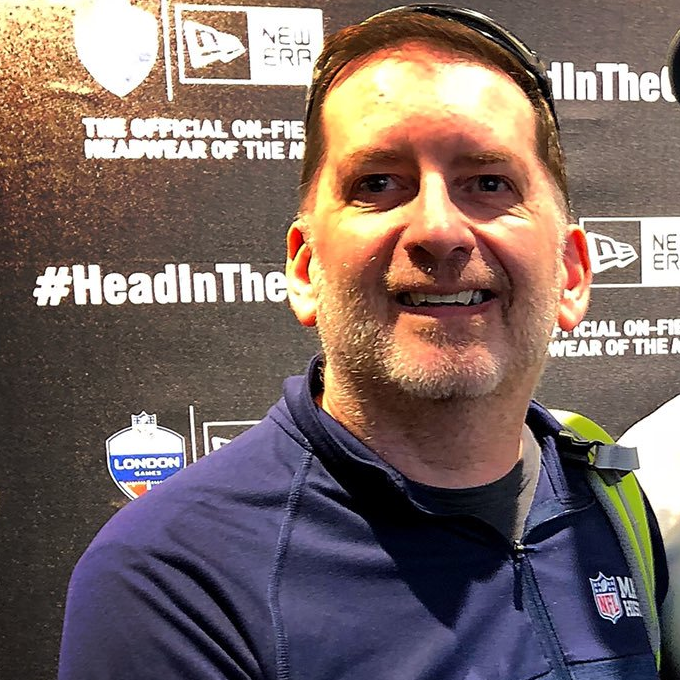NFL DRAFT History Class
By George Somerville
Around this time of year I turn my attention to the NFL Draft. But unlike the vast majority of interested parties, I’m not looking forward – I’m looking back. Why? Because NFL Draft history is not only fascinating, it could also be a guide to what happens in the future!
Which means here we are with another series of History class. So, if y’all are ready, class is in session!

In the lead-up to the NFL draft, it is almost impossible to avoid Draft experts such as Mel Kiper Jr, Daniel Jeremiah or ESPN’s Matt Miller during the months of March and April.
But without one name leading the way in player scouting and personnel development, it could be argued that we would not have the likes of Kiper, Jeremiah, or Miller. That name is Gil Brandt, a name so synonymous with player evaluation and talent development that Brandt is a Pro Football Hall of Famer.
So, it seems sacrilegious not to complete this series without a section on the legend of Brandt.
I hope the new generation of NFL fans already knows Gil Brandt’s name, but in case they haven’t, let’s shout his name from the rooftops. Gil Brandt changed talent development so much that he built the foundation of modern-day scouting, which we know and rely so much upon today.
From Badger to Cowboy
Despite Brandt’s name being synonymous with Texas and, in particular, the Cowboys, he was actually a native of Wisconsin and attended the University of Wisconsin at Camp Randall as a Badger.
After leaving Wisconsin, Brandt took up a career as a photographer but scouted on a part-time basis. Brandt worked part-time for the Los Angeles Rams before taking up a full-time role as a scout for the San Francisco 49ers in 1959.
By his own admission Brandt said that the scouting back then was still in its infancy.
“I had a lot of time, and they were looking for somebody for $50 a weekend or something like that,” Brandt told the Milwaukee Sentinel in a published article in 2009.
“In the spring, I’d go see Marquette, Wisconsin, Northwestern. In those days, I don’t know if anybody knew a lot about it. If on a scale of what they do today is a 100, we were probably minus-10.”
However, the move to Dallas, which would forever change Brandt’s life and the NFL, happened only one year later.
The legendary Tex Scramm had been with the Rams while Brandt was working part-time. In 1960, Schramm moved to take charge of the newly formed Dallas Cowboys. As a key part of his team, he named Tom Landry head coach and Gil Brandt head of scouting and personnel development.
For all you history geeks, this trifecta of heavyweights is perhaps the most influential management team the NFL has ever known. Big things were about to happen to the Cowboys.
Changing the game
Brandt is credited with changing the game in many ways. Still, perhaps his greatest influence is the introduction of technology – something we take for granted today but in 1960 was as futuristic as putting a man on the moon.
Brandt introduced computer analysis, but to be able to do this, his scouting network had to convert a huge amount of data on players into a format which allowed for computer analysis to be undertaken – groundbreaking at that time. In fact, Brandt recalls that it was likely only the Cowboys at that time owned a computer.
Players’ traits, measurables, and skills were all converted into a format that allowed the technology to analyse a player’s potential. Brandt also determined different tests for different positions, which again was groundbreaking. You will recognise that this was the beginning of player comparison based on a series of physical tests, meaning Brandt was the forefather of the Combine, but more on this later. Brandt had devised the first player grading system.
Brandt concentrated on more than just physical tests. He was also responsible for introducing personality and psychological tests, which allowed his scouts to understand a player’s mental capabilities. At the time, no other team was conducting such in-depth analysis.
Brandt also cast his net wide and far in search of new talent. He was an early exponent of scouting athletes from other sports, such as basketball, to find players with potential based on their athletic prowess rather than necessarily their football skills, which he believed could be coached.
Brandt scouted in the pool of smaller colleges and took a serious interest in undrafted free agents. Brandt was also first to scout outside the USA, making frequent visits to Europe.
Fruits of his labour
Brandt’s scouting techniques allowed the Cowboys to draft Roger Staubach, Herschel Walker and Chad Hennings – all players disregarded by the other teams. Drew Pearson was an undrafted free agent grabbed by Brandt. He was also shrewd in trading draft picks with Ed “Too Tall” Jones, Tony Dorsett and Randy White, acquired after a series of trades to allow the Cowboys to get the guys they really wanted.
As mentioned in the second article in this series, the Combine arose because of the need to restrict college athletes who were spending study time traversing the country to attend interviews with teams on an individual basis. Tex Schramm and Gil Brandt proposed holding one centralised event to minimise student-athletes time out of school.
Brandt proposed a series of standardised tests – much like the ones he used for the Cowboys player assessment – to allow for a unified testing scenario that assisted with the players’ benchmarking against each other.
“The combine was started to give players physicals,” Brandt told CBS in an interview before his death. “In 1977… we did a few drills… vertical… standing broad jump… 40-yard dash.”
And so the modern-day NFL Scouting Combine was born.
Building America's Team

It is not hyperbole to say that the way in which Brandt developed scouting to bring in players and then develop that talent into a winning product on the field not only changed football but left a franchise-defining legacy on the Dallas Cowboys.
Let us not forget that in 1960, the Cowboys were the new kids on the block—an expansion team. A short seven years later, Brandt, Landry, and Schramm had built America’s Team. During his tenure as Vice President of Player Development in Dallas, the Cowboys had 20 successive winning seasons, appearing in five Superbowls and winning two.
Although Brandt was let go by then-new owner Jerry Jones as part of his plan to sweep a new broom through Arlington, Jones had this to say of Brandt upon his passing in 2023,
“Gil was at the very core of the early success of the Dallas Cowboys and continued to serve as a great ambassador for the organization for decades beyond that. His contributions cemented his spot in the Ring of Honor.
He was my friend and a mentor not only to me, but to countless executives, coaches, players and broadcasters across the National Football League, which rightfully earned him a spot in the Pro Football Hall of Fame where his legacy will be celebrated forever.
He was an innovator and set the standard for excellence in player acquisition. From the creation of the NFL Combine to revolutionizing the NFL Draft, Gil finished his over six-decade NFL career with an eye towards the future of the league and teaching fans about the sport he loved as a radio broadcaster”.
NFL Commissioner Roger Goodell also said this about Gil Brandt at the time of his passing,
“Gil Brandt was a pioneer in the truest sense of the word, As the personnel architect of the Cowboys for nearly three decades, he transformed the way teams scouted talent by building a player evaluation system using computers. He was the first to scout players from outside the U.S. and from different sports. The NFL today would not be the same without Gil Brandt.”
A story from Uncle Verne

To finish up I thought it might be fun to quote a story that I have used previously. I got this story from Verne Lundquist a few years back after I asked sports journalists about their favourite draft-related moments. The story is so good I wanted to use it again. Especially given this is a story linked to Gil Brandt and also because the story was told to me by the legend that is Verne Lundquist. So, to end this segment, this story goes to show that it wasn’t all chocolates and roses for the Cowboys…
“In the early 70’s, Gil Brandt of the Cowboys sent one of his scouts out to look at a tall, thin wide receiver named David McDaniel who played for Mississippi Valley State (pre Jerry Rice). The scout placed tape down to measure a forty yard distance. He had a cameraman tape the event, held up his stopwatch, yelled “go” and timed the guy hurtling over the measured distance. The scout stared in amazement at his stopwatch, called Gill, and screamed into the telephone, “I clocked him at 4.29.”
The Cowboys drafted Davd McDaniel in the 2nd round.
When the team arrived for training camp in Thousand Oaks, California, and timed McDaniel once again, the best anyone could coax out of a stopwatch for McDaniel was something like 5.1. The scout went back and reviewed his original video tape, he realized to embarrassment, amazement, and shock, that he had set the distance at 30 yards, not forty.
David McDaniel of Mississippi Valley State never played a down for the Dallas Cowboys. The scout never timed another tall, thin wide receiver.
Best,
Verne”

